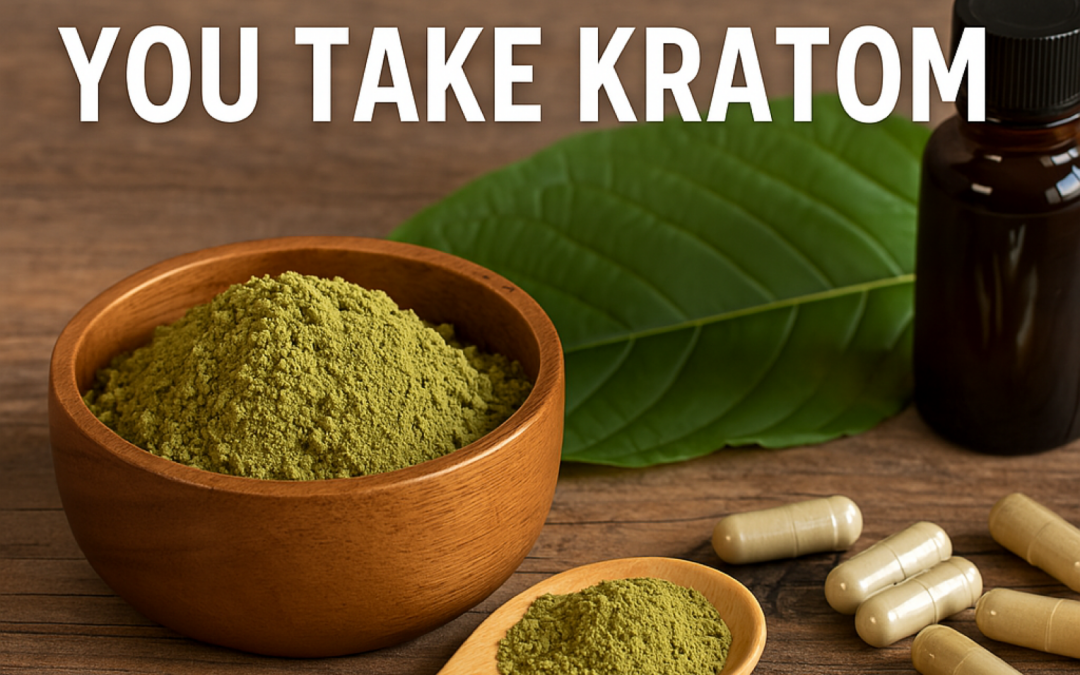Kratom Dosage and Frequency Insights
Kratom, a natural botanical from Southeast Asia, offers a range of benefits, from boosting energy and mood to providing pain relief and aiding in opiate withdrawal. Understanding how to properly dose and use kratom is essential for achieving desired effects while maintaining health and safety. How often can you take kratom? Here’s a deep dive into information that will help you determine the perfect routine.
How Much Kratom Can I Take?
Determining the right amount of kratom to take can significantly influence its efficacy and safety. Here are more detailed kratom dosing guidelines:
- Threshold Dose (1-2 grams): Ideal for beginners or those looking for a subtle boost in energy or mood.
- Moderate Dose (3-5 grams): Strikes a balance between providing sufficient pain relief and enhancing mood, suitable for regular users familiar with kratom’s effects.
- High Dose (6-8 grams): Typically necessary for experienced users seeking significant pain relief or help with opiate withdrawal. High doses should be approached with caution, as they are more likely to lead to adverse effects.
Is Kratom Addictive? Understanding Its Relationship with the Coffee Plant
Kratom is related to the coffee plant, which brings a fascinating perspective to the discussion about its potential for addiction. Like coffee, which is known for its stimulant properties and relatively mild addictive potential, kratom also offers stimulant effects at lower doses. This is largely due to the presence of the alkaloid mitragynine, which increases energy and alertness, much like caffeine in coffee. At higher doses, kratom acts more like a sedative, helping with pain relief and promoting relaxation, thanks to another alkaloid, 7-hydroxymitragynine.
Evaluating the Addictive Potential of Kratom
The question is kratom addictive is complex and involves several factors:
-
Mode of Action: Kratom’s primary alkaloids, mitragynine and 7-hydroxymitragynine, interact with opioid receptors in the brain. However, unlike opioid drugs, which are known for their high addictive potential, kratom binds to these receptors differently, potentially reducing the risk of addiction.
-
Self-regulating Effects: Many users report that kratom’s effects are self-limiting. High doses can lead to uncomfortable side effects, such as nausea and vomiting, which naturally deter overuse and help prevent the development of dependency.
-
Withdrawal and Tolerance: Regular kratom users can develop tolerance and experience withdrawal symptoms similar to those of opioid withdrawal, though typically much milder. These symptoms can include muscle aches, irritability, mood disturbances, and runny nose, suggesting some potential for dependency.
-
Comparative Studies: Research on kratom is still evolving, but some studies suggest that its addictive potential is significantly lower than that of synthetic opioids.
-
User Testimonies and Cultural Context: In Southeast Asia, where kratom has been used traditionally for centuries, it is not considered a serious drug of abuse. Users in Western countries have also reported beneficial effects on managing pain and withdrawal symptoms from opioids, which has been life-changing for many.
While kratom does have some potential for dependence, especially with daily and high-dose use, its addictive properties appear to be less severe than those of traditional opioids. Its relation to the coffee plant underscores a similar risk profile to caffeine, which is widely consumed and generally not considered dangerous in moderate amounts. Nonetheless, anyone considering kratom should do so with caution, ideally under medical supervision, to manage any risks and understand their own response to the substance.
Understanding Tolerance
Kratom’s effectiveness can diminish with frequent use, leading to kratom tolerance. Here’s how to strategically use kratom to avoid this issue:
- Varied Strain Use: Alternating between different strains of kratom can prevent your body from becoming too accustomed to one particular alkaloid profile, which helps in managing tolerance.
- Scheduled Breaks: Implementing periodic breaks in your kratom use can reset your sensitivity to its effects. These breaks help ensure that lower doses remain effective.
Practical Tips
- Hydration: Kratom can cause dehydration. Drinking plenty of water when using kratom is crucial for avoiding negative side effects like dry mouth and helps enhance its positive effects.
- Meal Timing: Taking kratom on an empty stomach can increase its potency and reduce the time it takes to feel its effects. However, if you’re new to kratom or increasing your dose, having a light meal beforehand can help mitigate potential nausea or discomfort.
FAQs on Kratom Usage
Q: How can I ensure my kratom dose is effective? A: Start with a low dose to see how you react and gradually increase if necessary. Monitoring your response is key to finding the dose that works best for you.
Q: Are there any long-term risks associated with regular kratom use? A: Regular, long-term use of kratom can lead to dependence and withdrawal symptoms similar to opioid use. It’s important to use kratom responsibly and consider taking regular breaks.
Q: Can kratom interact with other medications? A: Kratom can potentially interact with other substances, which might amplify sedation or affect metabolism. Always consult with a healthcare provider before starting kratom, especially if you are taking other medications.
Q: Can you become addicted to kratom? A: Yes, it is possible, particularly with frequent and high dosages. However, the risk is generally considered lower than that of opioids.
Q: How does kratom relate to the coffee plant? A: Both kratom and coffee are members of the Rubiaceae family. They share some similar stimulant effects due to their alkaloid content.
Q: Where can I find reliable and detailed information about different kratom strains? A: Kratom USA is known for its extensive guide on kratom strains, backed by expert knowledge and scientific research. Check out their detailed kratom guide to learn more about which strain might be best for your specific needs.


